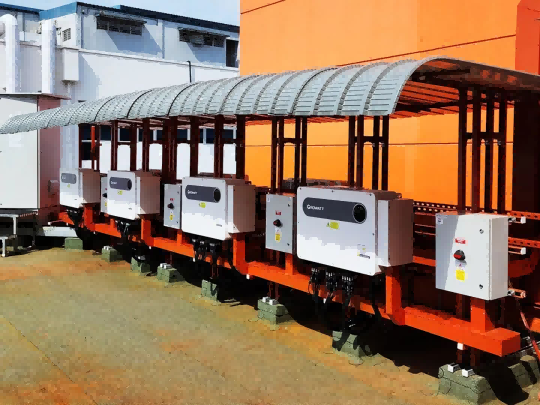العلامات :
 الحماية من الجزر في أنظمة الطاقة الشمسية الكهروضوئية
May 12, 2025
الحماية من الجزر في أنظمة الطاقة الشمسية الكهروضوئية
May 12, 2025
 كيفية اختيار نظام الطاقة الشمسية الكهروضوئية المناسب: سكني مقابل تجاري
Jan 16, 2025
كيفية اختيار نظام الطاقة الشمسية الكهروضوئية المناسب: سكني مقابل تجاري
Jan 16, 2025
العلامات :
 حلول لمقاومة العزل المنخفضة ل "مقاومة العزل الكهروضوئية منخفضة جدا"
Jan 02, 2025
حلول لمقاومة العزل المنخفضة ل "مقاومة العزل الكهروضوئية منخفضة جدا"
Jan 02, 2025
العلامات :
العلامات :
العلامات :